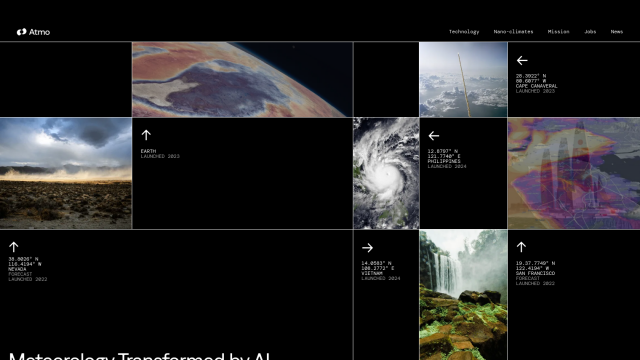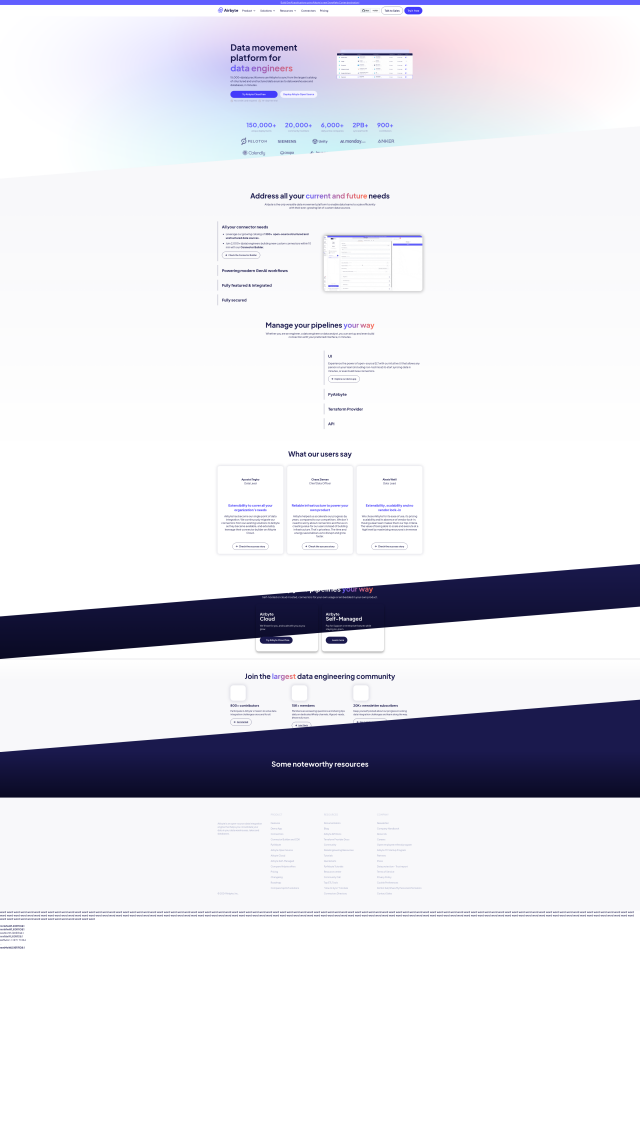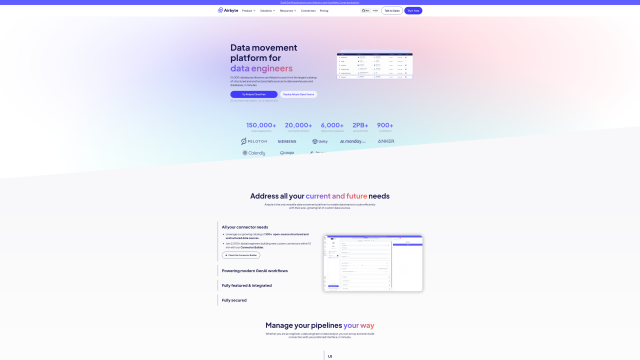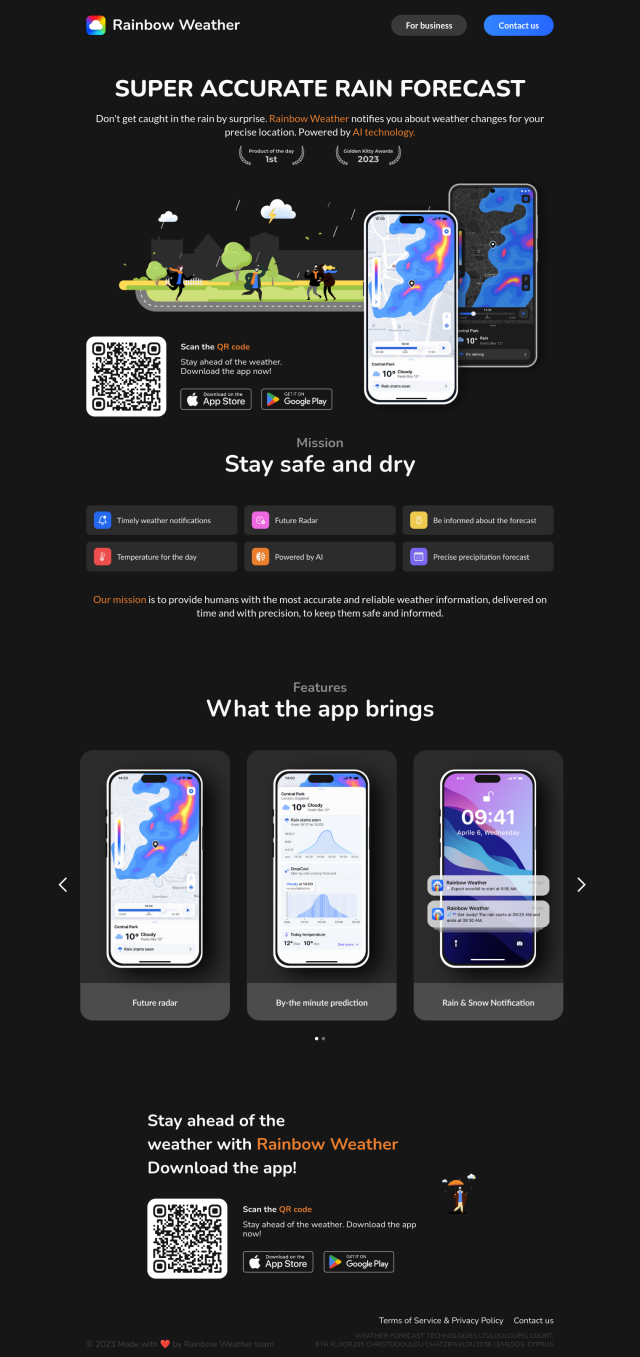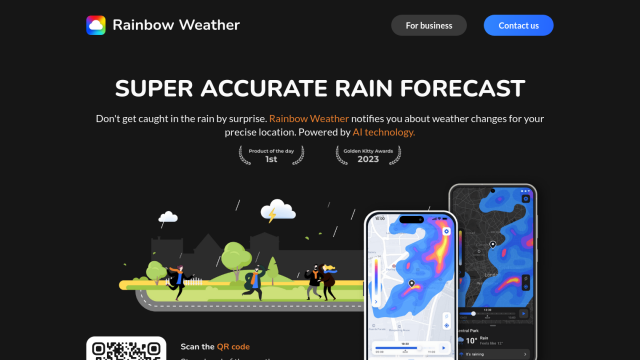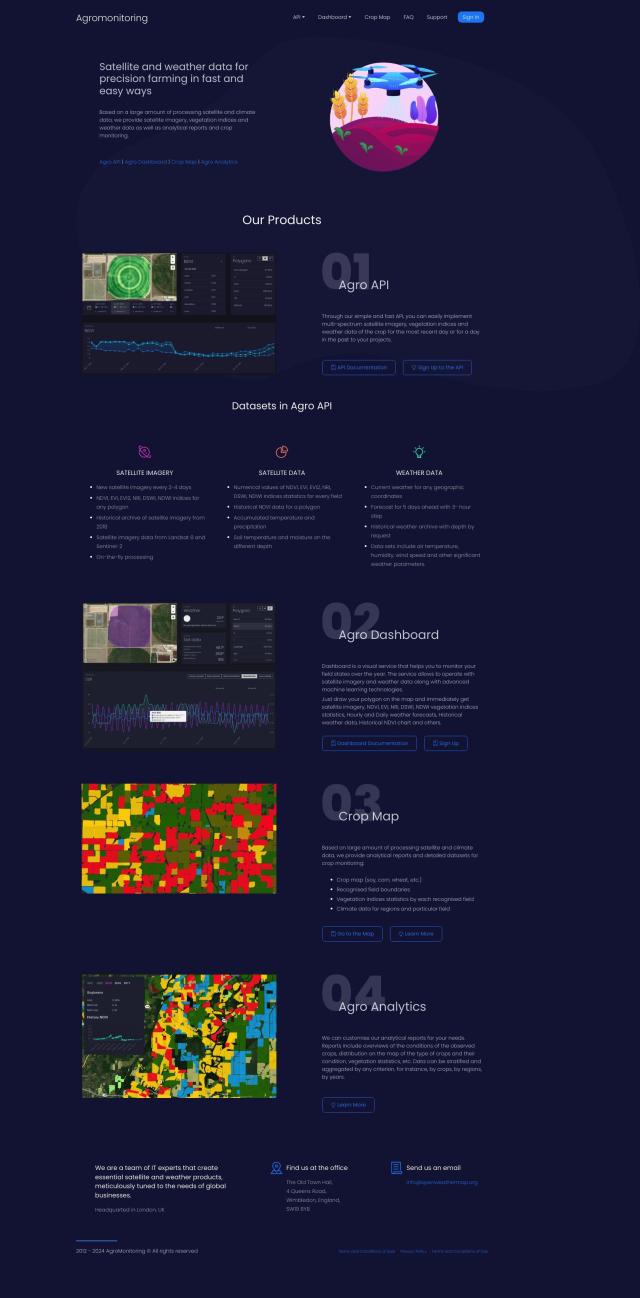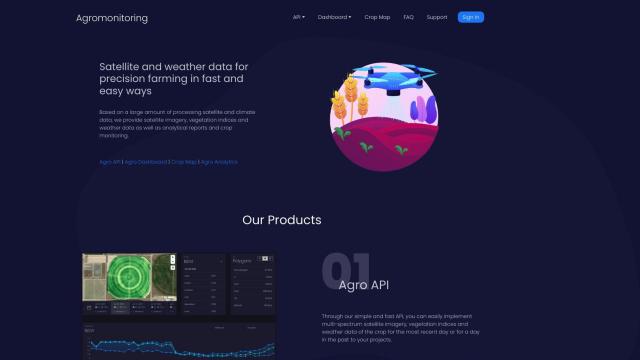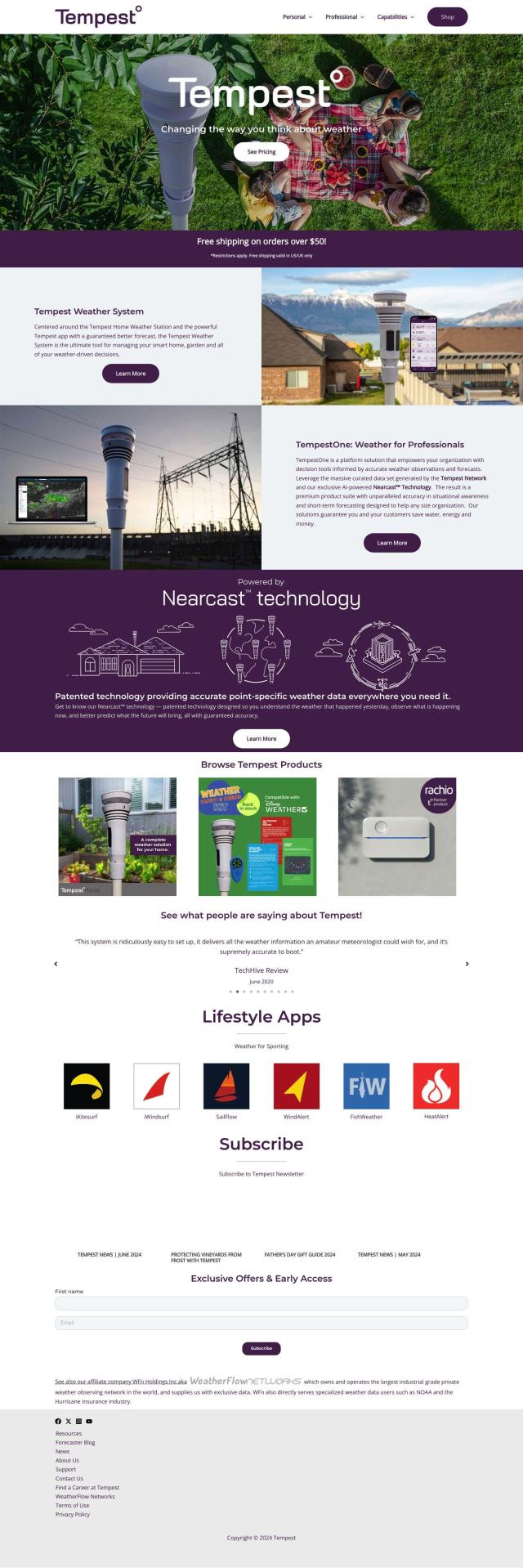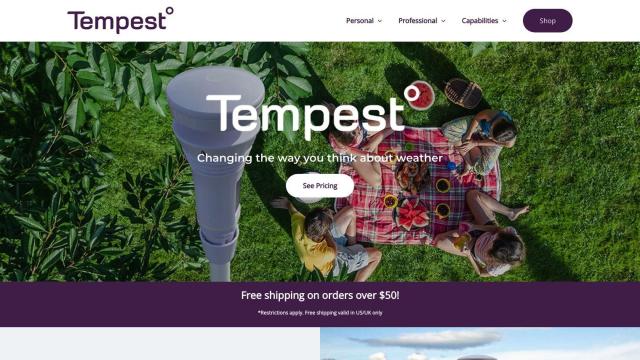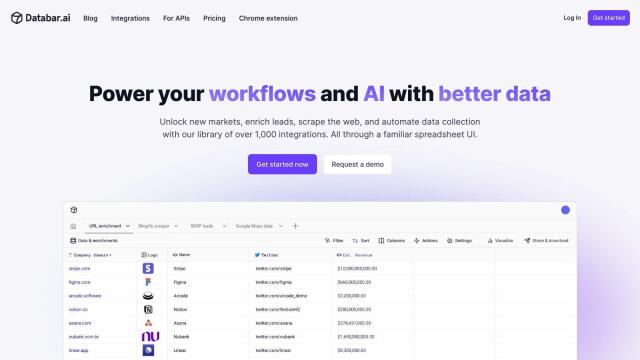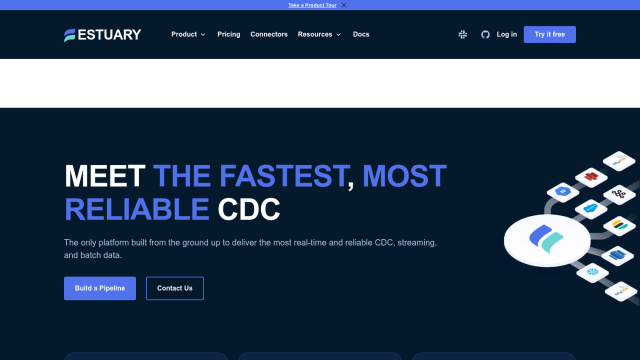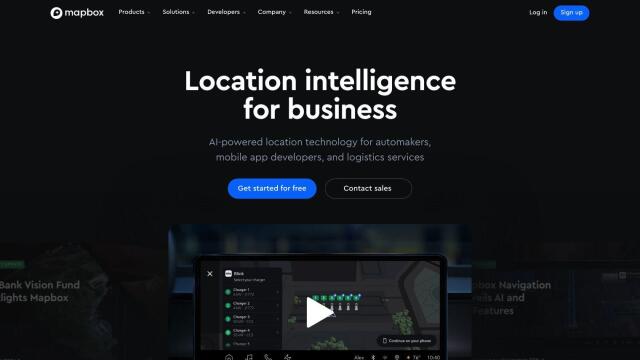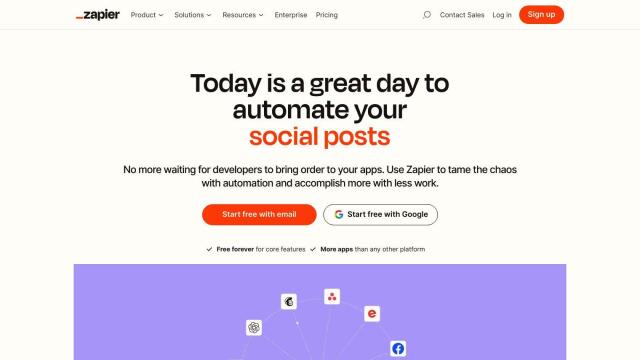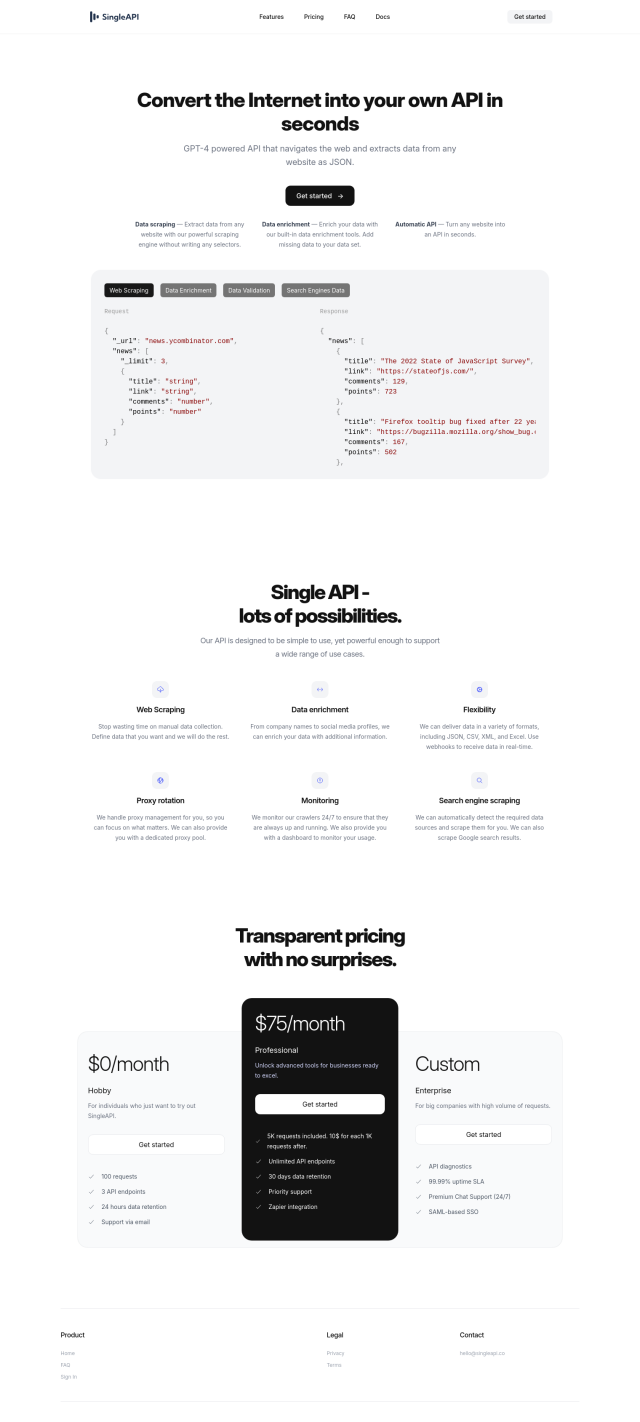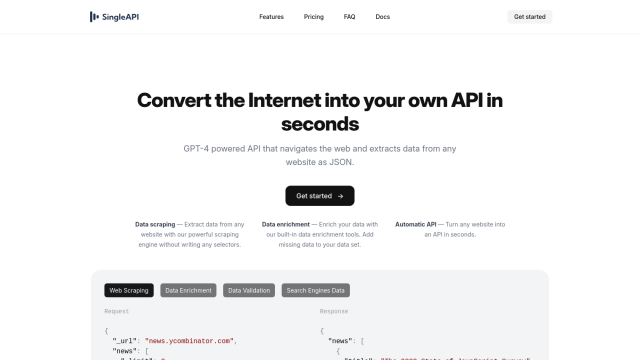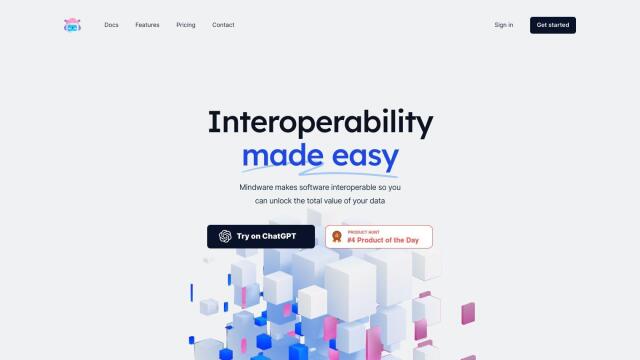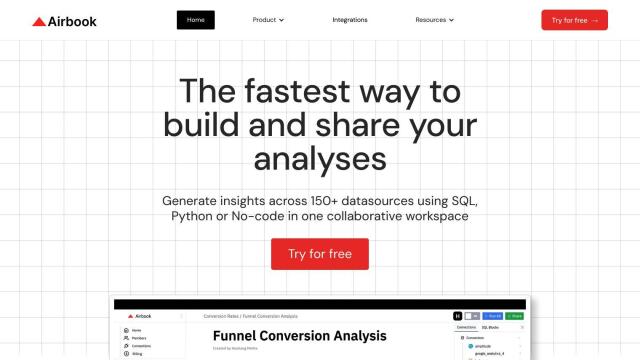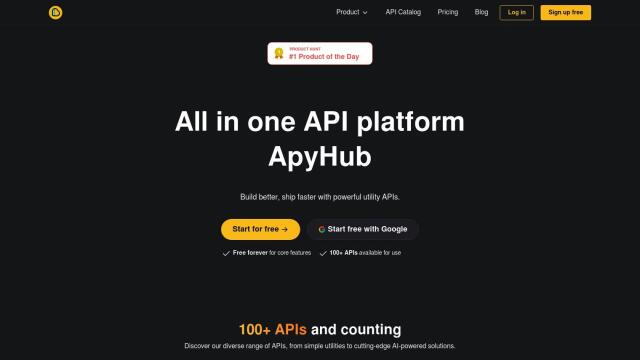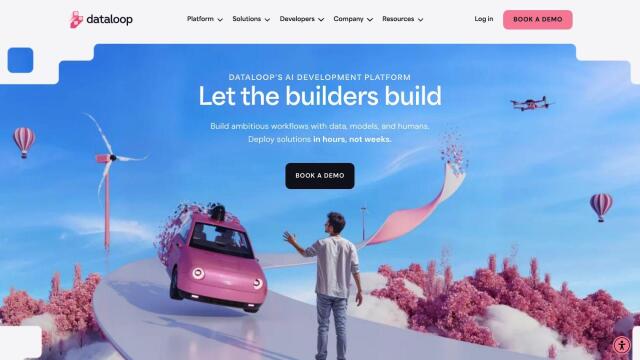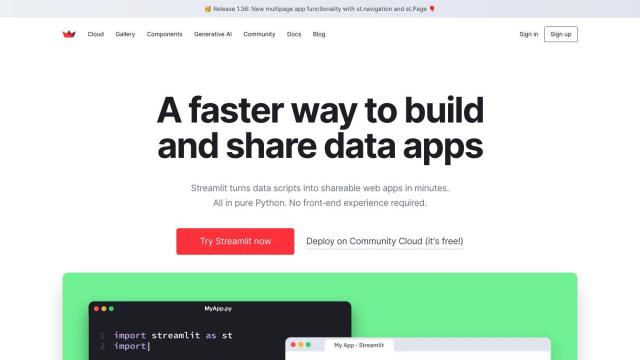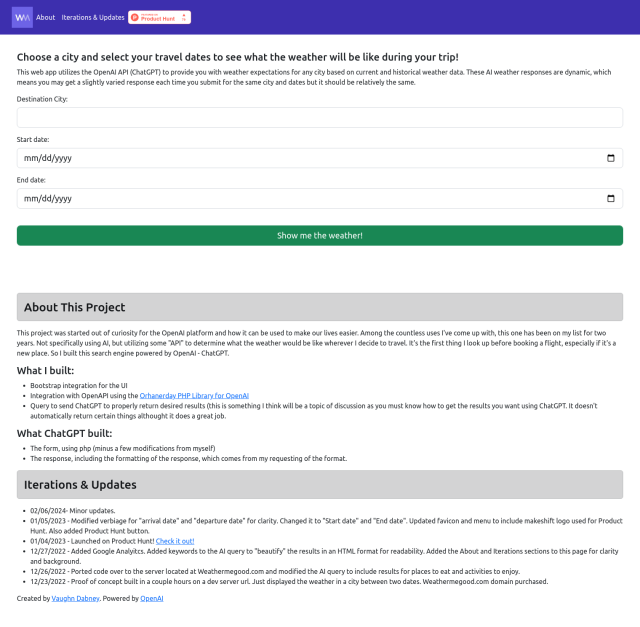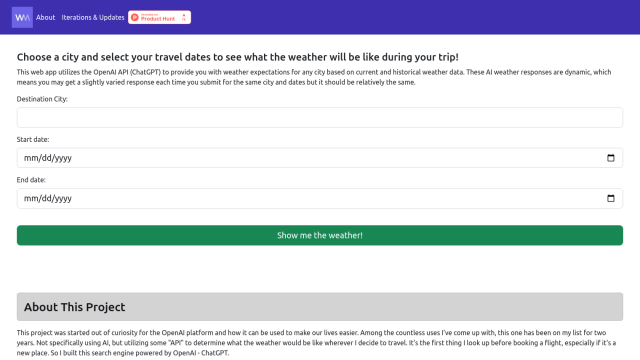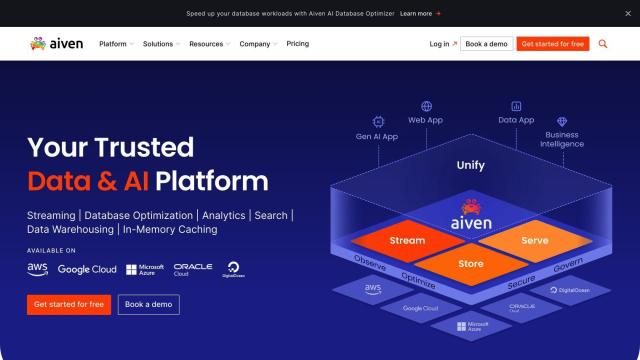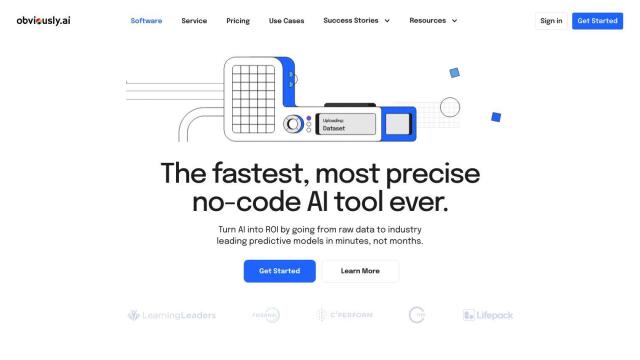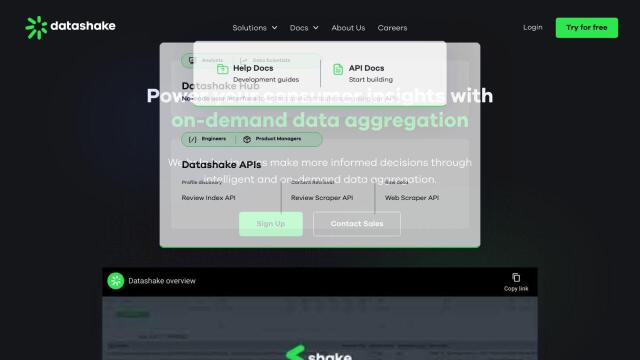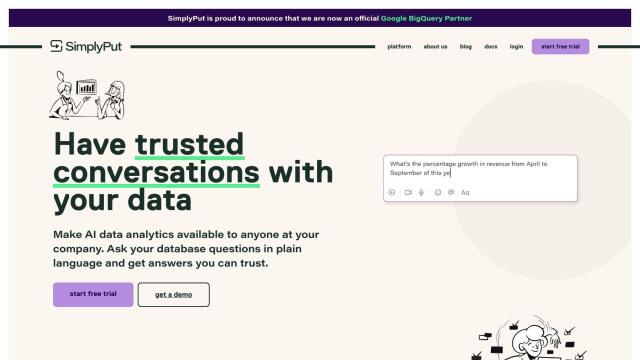Question: I'm looking for a solution that can simplify the process of consuming weather data from different APIs and reduce the complexity of my code.
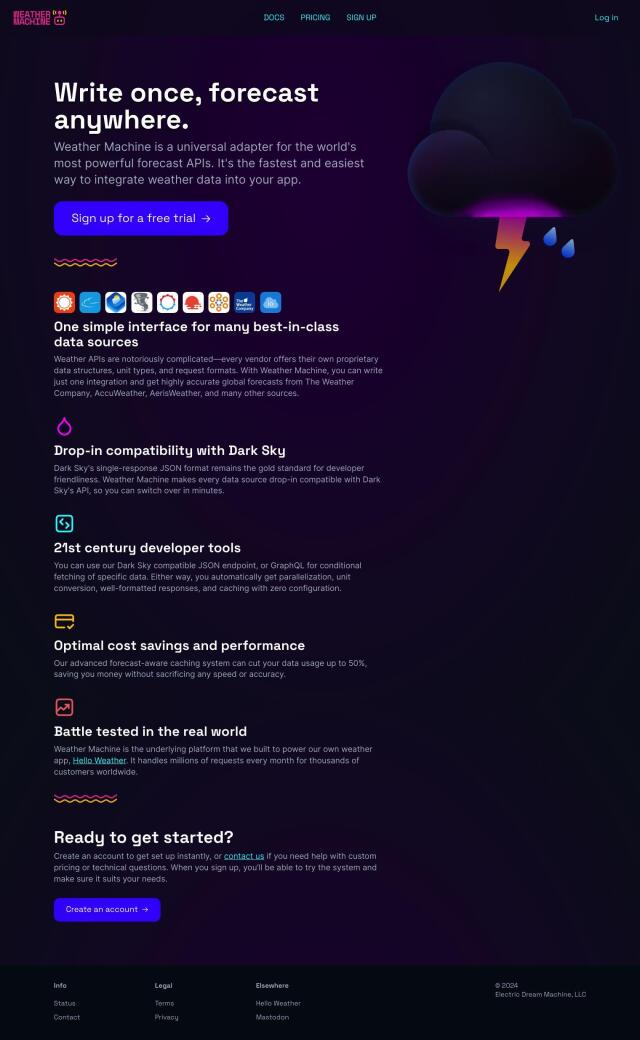
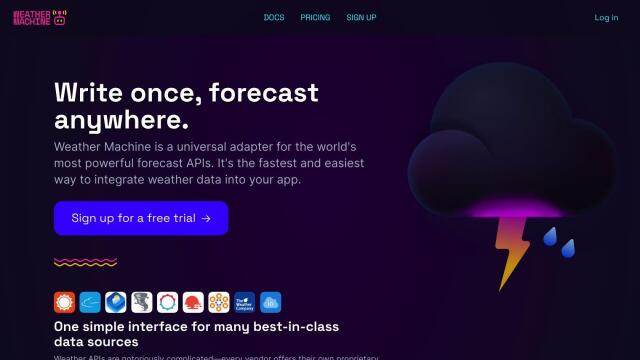
Weather Machine
If you need a way to make it easier to consume weather data from many APIs, Weather Machine is a good choice. It's an adapter that pulls weather data from sources like The Weather Company, AccuWeather and AerisWeather and makes it available through a single interface. It comes with two interfaces, a Dark Sky-compatible JSON endpoint and a GraphQL endpoint, that include features like parallelization, unit conversion and nicely formatted output. It also comes with an advanced forecast-aware caching system that can help cut data usage and costs.


Tomorrow.io
Another good option is Tomorrow.io, which offers a weather resilience platform. It includes hyper-accurate weather data and forecasts, including real-time weather data, weather forecast API (up to 14 days) and historical weather API (up to 20 years). It also comes with automated protocols, predictive workflows and probabilistic forecasting. The platform is designed to help businesses deal with weather problems and optimize operations, so it's good for supply chain management and disaster recovery.

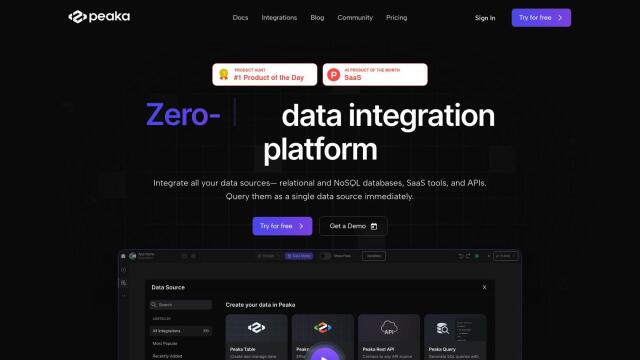
Peaka
If you need a broader data integration service, check out Peaka. It doesn't just work with weather data, but Peaka connects different data sources, including relational and NoSQL databases, SaaS applications and APIs, into a single data source. The service includes features like federated query, streaming ingestion and immediate replication with Change Data Capture. It can dramatically reduce operational and maintenance costs, so you can make decisions based on data.
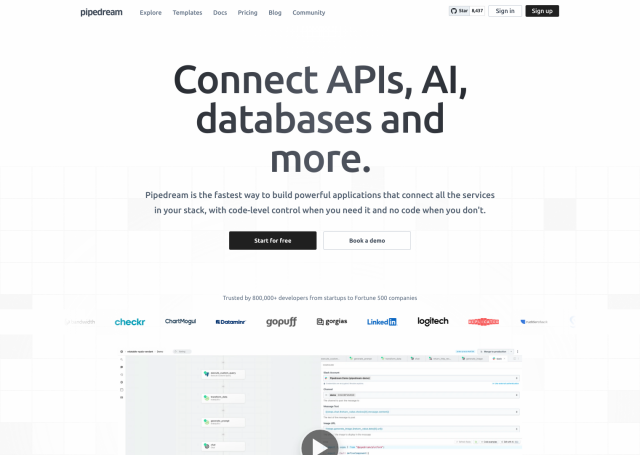
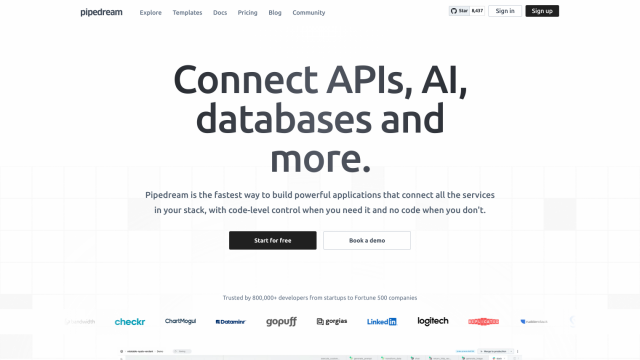
Pipedream
Last, Pipedream is a good choice for developers who want to build more advanced applications. With low-level code control and no-code interfaces, Pipedream lets you deploy applications immediately without having to worry about servers. It integrates with more than 2,100 APIs and lets you add custom logic with Node.js, Python, Go or Bash. It's good for integrating services like OpenAI and Salesforce into your own apps.

